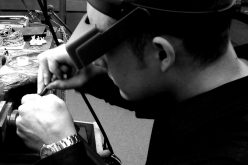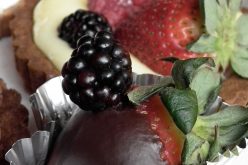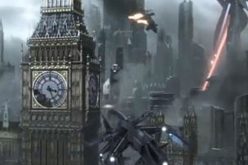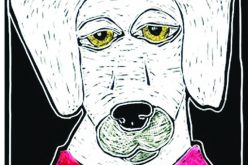BECCA MARTIN-BROWN
bmartin@nwaonline.com
At the center of Katina Bitsicas’ pop-up art exhibition Dec. 1-2 is the broad-spectrum herbicide glyphosate and its effects on “ecosystems, and specifically aquatic environments.” The artwork’s beauty, a combination of “technologies, such as video, projection mapping, and augmented reality with other art mediums like performance, installation and photography,” is grounded in loss but also in “the power in nature being able to bear witness to the remnants of these life experiences.”
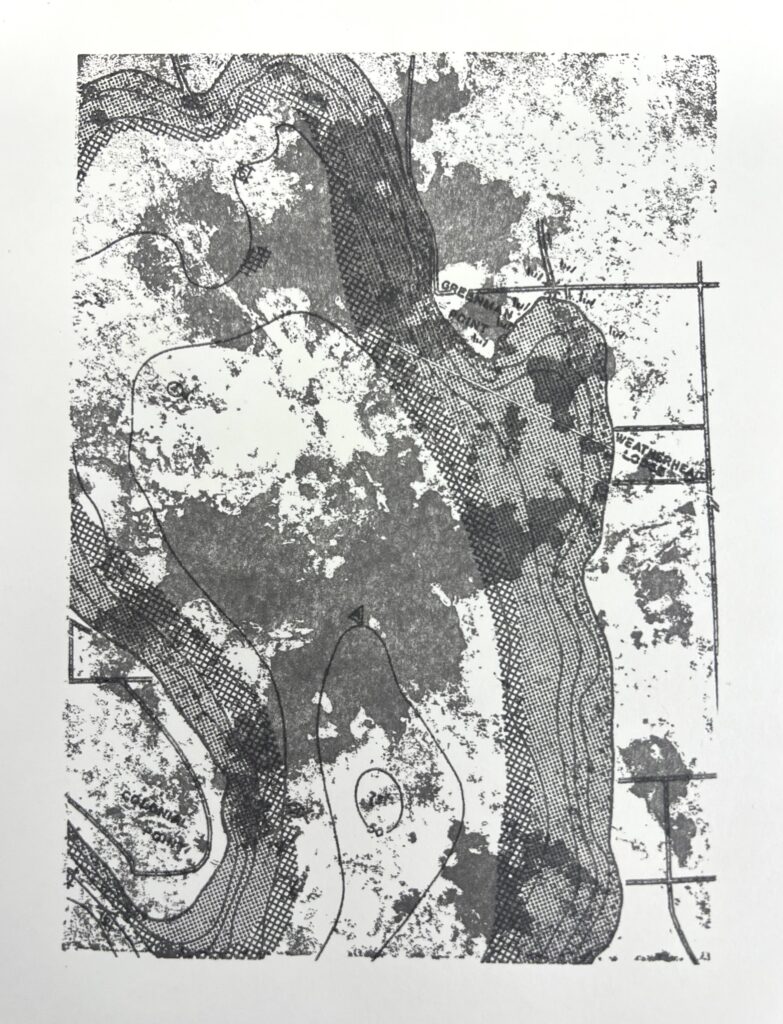
Bitsicas is the current Windgate Art & Design Artist In Residence at the University of Arkansas at Fort Smith. It is, according to art department head Katie Waugh, the second year for the program, which was launched with start-up funds from the Windgate Foundation. The idea, she says, is to give visual artists and designers the opportunity to live in Fort Smith and “meaningfully participate in the creative culture of the UAFS Art & Design Department,” enriching the student experience, connecting the creative communities on campus and “proactively upholding the value of diverse perspectives, identities, expertise and experience.”
Bitsicas, from East Lansing, Mich., calls herself a “new media artist.” She has lived in Columbia, Mo., for the past eight years, working as an assistant professor and coordinator of digital storytelling in the School of Visual Studies at the University of Missouri.
She applied for the UAFS residency because she “was drawn to their facilities, spacious studios, and faculty expertise that I knew would make for a positive residency experience,” she says via email. “As a result, this semester-long residency has given me the time and space to produce a variety of different art works, culminating in a body of work called ‘Glyphosate Dreams.’”
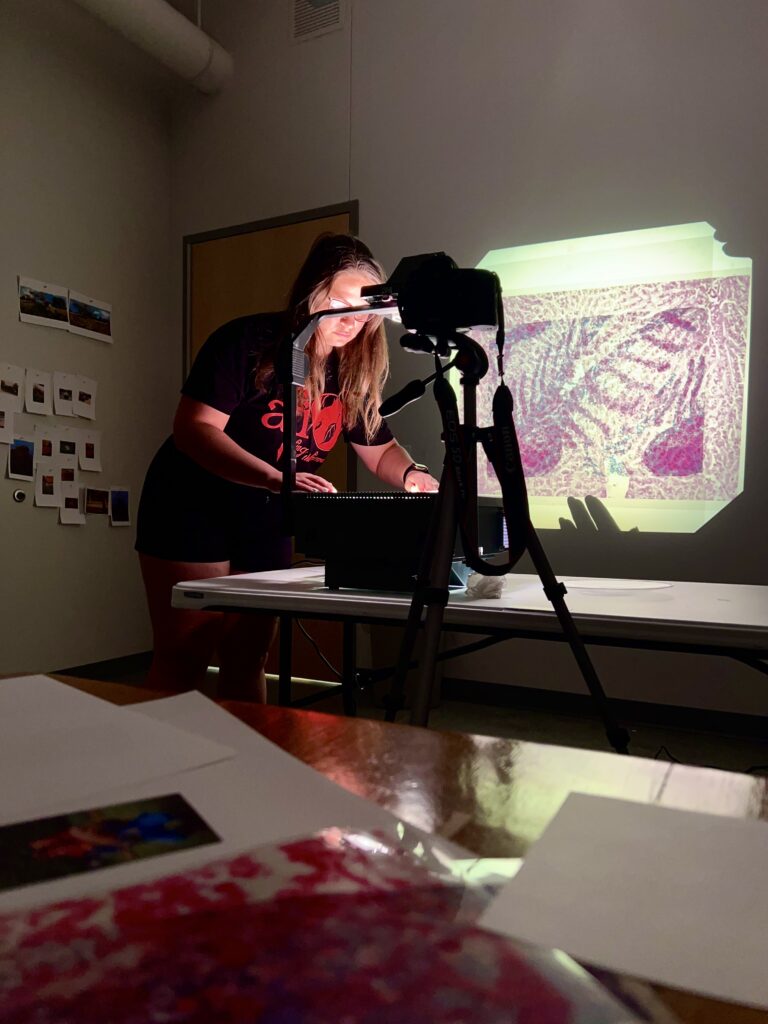
Bitsicas’ unique combination of technologies was inspired during a documentary film course with professor Dhera Strauss at Kalamazoo (Mich.) College.
“We were exposed to a variety of experimental filmmakers is this course, which led to my interest in video art and then expanded into video installation,” she explains. “I was so drawn to the magic of projected art and the scale that you could produce this medium, which led to my interest in projection mapping. This medium also combined my interest in architecture with video, since the videos are created in relationship with space.
“I use these artistic mediums to explore grief, loss, trauma and memory. The overarching theme is how we as humans can connect via shared experiences and make meaning of these experiences. I also draw parallels between the human body/systems to the unseen systems/structures found within nature.”
Bitsicas says glyphosate is “the most used herbicide in the world, known to cause cancer, with major implications for public health.” Her research led her specifically to its effects on a “variety of species, including the neurocognition of bees and carp.” And in this popup exhibition, “Cyprinus Carpio L.,” she uses a video installation, projection mapping project, and a series of prints to tell a story of fish.
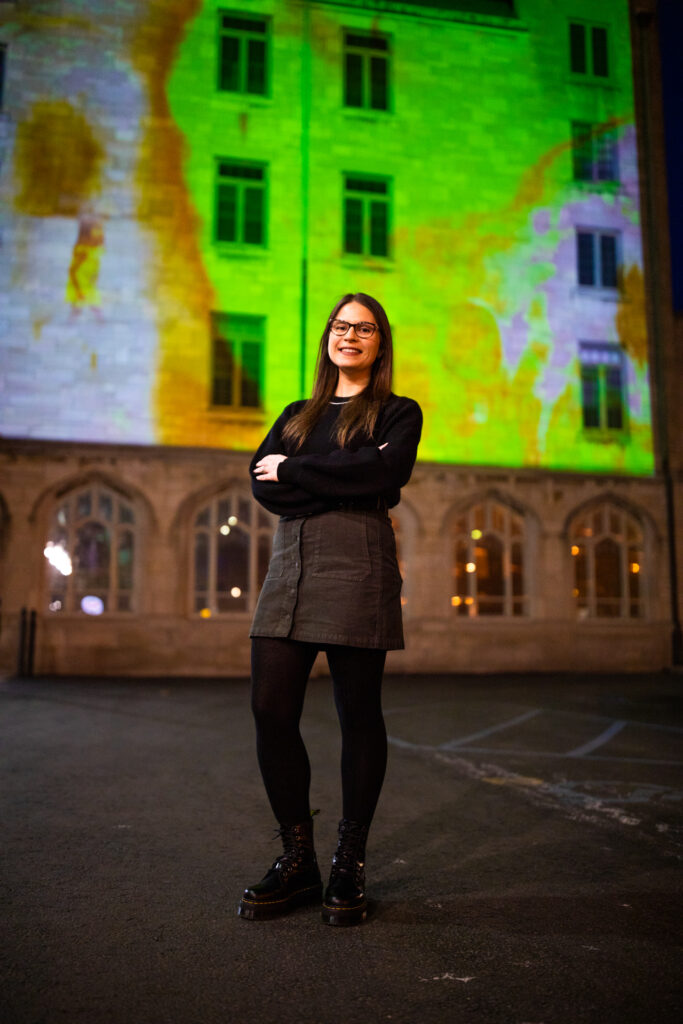
“In unison, this installation takes microscopic images and projects them at a larger-than-life scale, allowing the viewer to confront the mortality of the carp as they maneuver throughout the hung fabric installation,” she explains. “Also in this body of work are a series of letterpress prints made in collaboration with Jay Fox, featuring deterioration patterns from glyphosate treated archival images and segments of a lake depth chart map. The deterioration patterns conceal and highlight various indication symbols on the map, guiding the viewer along their discovery of the map.”
Matthew Bailey, gallery director for Windgate Art & Design, says Bitsicas brings together the aspects of her artwork in “really thoughtful, evocative, abstract ways. These aren’t images, charts, or graphs that are hitting you over the head with direct forms of protest or political action. Rather they’re very subtle, emotional, suggestive.” The exhibition, he says, “offers really sophisticated, challenging artwork and spectacular installation that can challenge and redefine conceptions of art.”
Submissions for the artist in residence program are already international in scope, Bailey adds.
“Our spring ‘24 artist-in-residence is Ukrainian, in fact. Katina’s work in this installation will also be the basis for a semester-long exhibit in fall 2025 I’ll be hosting in the gallery as well.”
__
FAQ
Katina Bitsicas:
‘Cyprinus Carpio L.’
WHEN — 5-8 p.m. Dec. 1 & 3-8 p.m. Dec. 2
WHERE — 901 Garrison Ave. in Fort Smith
COST — Free
INFO — www.katinabitsicas.com, 788-7530


